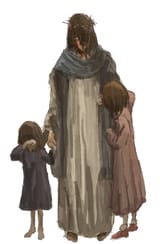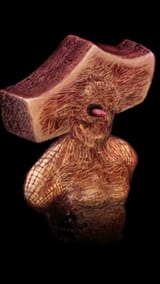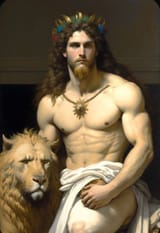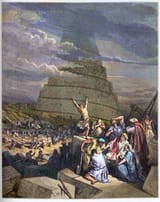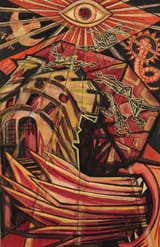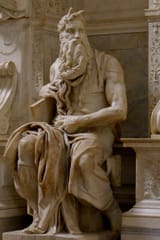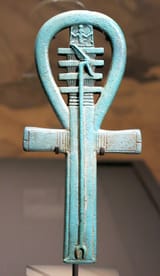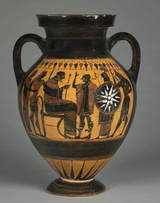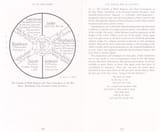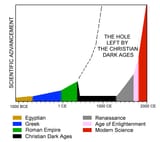>>40618611
The story of Jesus, often touted as a unique and divine narrative, is, in reality, a recycled amalgamation of older myths and archetypes. Long before Christianity emerged, ancient cultures had tales of dying-and-resurrecting gods, virgin births, and savior figures. The Egyptian god Horus, for instance, was said to be born of a virgin on December 25th, had twelve disciples, performed miracles, and was betrayed—a narrative strikingly similar to that of Jesus. Mithras, a Persian deity, was also born of a virgin in a cave, celebrated with a sacred meal, and revered as a savior figure. Even the Greek god Dionysus and the Phrygian Attis shared elements of death and resurrection tied to themes of salvation.
These recurring themes are not coincidences. They represent a mythological template deeply ingrained in human storytelling, where the hero's journey, sacrifice, and renewal are universal motifs. Early Christians, living in a melting pot of Greco-Roman culture, would have been intimately familiar with these stories. By adopting and repackaging them, the early Church could appeal to a wide audience, blending pagan traditions with their emerging doctrine to gain converts. The result was not a wholly original narrative but a syncretic one, designed to resonate with existing beliefs.
Even the rituals and symbols of Christianity, such as the Eucharist and the cross, have pagan roots. The Eucharist mirrors earlier rites of consuming the flesh and blood of gods in symbolic meals, while the cross was a universal symbol of life and death long before it was co-opted as a Christian emblem. These parallels reveal that Christianity’s foundations are not as unique as its followers often claim. Instead, its story is a carefully curated remix of older myths, repackaged to fit the socio-political needs of its time. Far from being a divine revelation, the story of Jesus is a testament to humanity’s tendency to recycle and rebrand its oldest tales.







